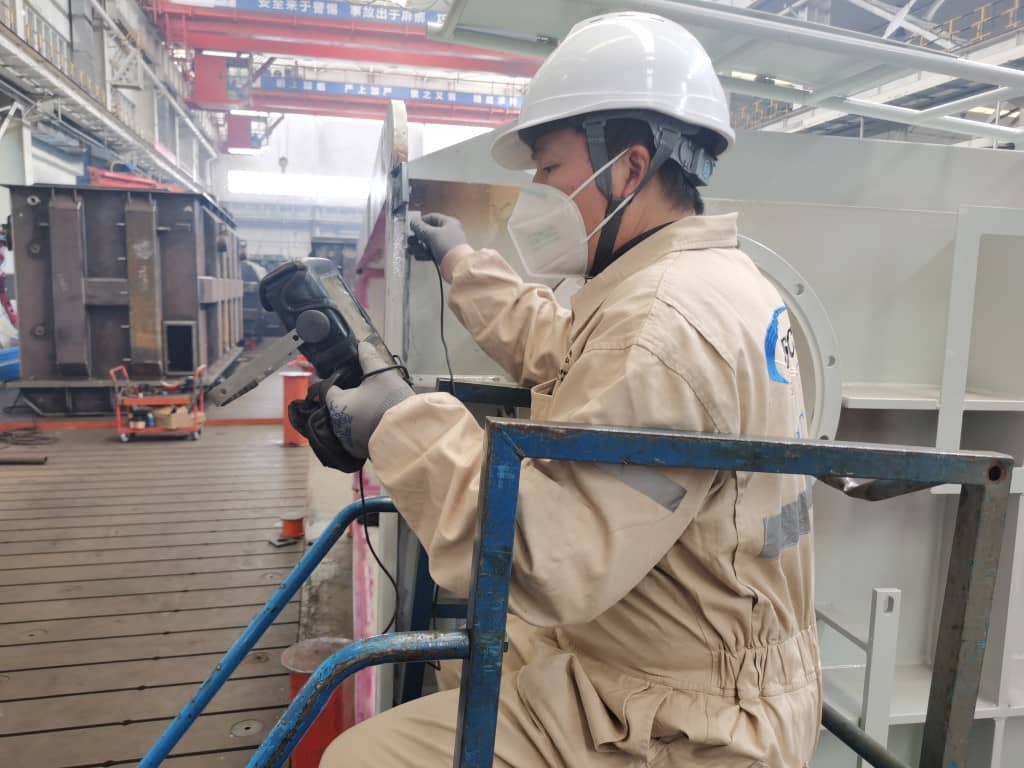
Welding defects refer to various discontinuities, imperfections, or poor connections in the welded joint that occur during the welding process. These defects can include incomplete fusion, porosity, slag inclusion, undercut, overlap, burn-through, segregation, incomplete filling, and welding cracks, among others. Among these defects, welding cracks and porosity pose the greatest hazards to the performance and safety of welded structures.
Welding cracks are gaps that form in the welded joint due to the breakdown of the atomic bonds between metals, caused by welding stresses and other brittleness-inducing factors. Depending on their nature, welding cracks can be classified into various types such as hot cracks, cold cracks, reheat cracks, lamellar tearing, and stress corrosion cracks.
For example, hot cracks occur at high temperatures during the welding process. Their shape and temperature zone vary depending on the welding material used. Hot cracks arise primarily due to the presence of impurities in the weld metal that have a lower solidification temperature than the weld metal itself. As the weld metal cools to near the solidus line, these low-melting impurities are pushed towards the grain boundaries of the solidifying crystal, forming a liquid film. When tensile stresses develop during cooling and are sufficient to pull apart the solidified weld metal along the grain boundaries, and there is insufficient liquid metal to refill the gap, micro-cracks form. As the temperature continues to decrease and tensile stresses increase, these cracks can propagate further.
The existence of welding defects can significantly reduce the strength of the welded joint and may cause severe stress concentrations, thereby promoting crack propagation and structural failure. Therefore, it is crucial to strictly control welding parameters and techniques during the welding process to avoid or minimize the occurrence of welding defects and ensure the quality and safety of the welded structure.
For a more detailed understanding or additional information
